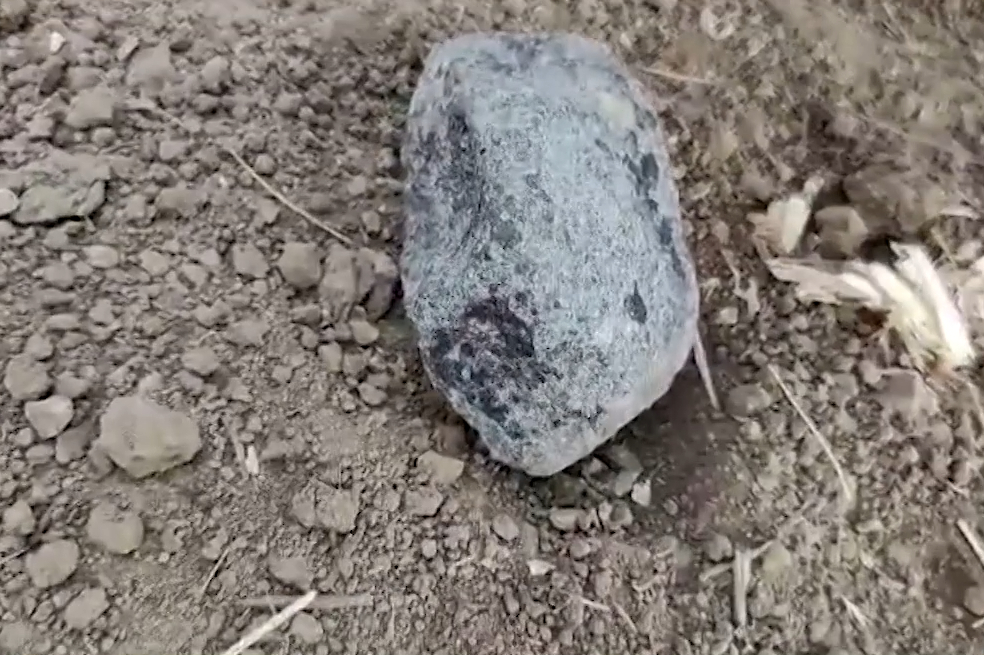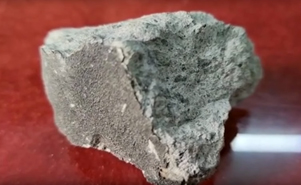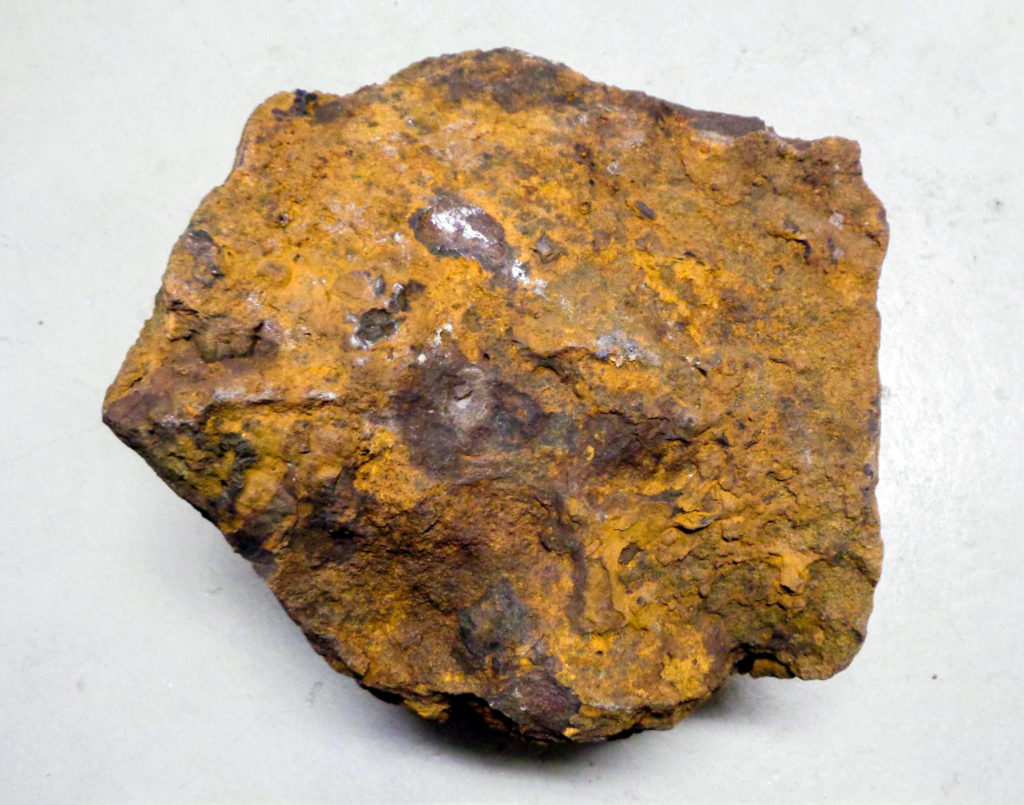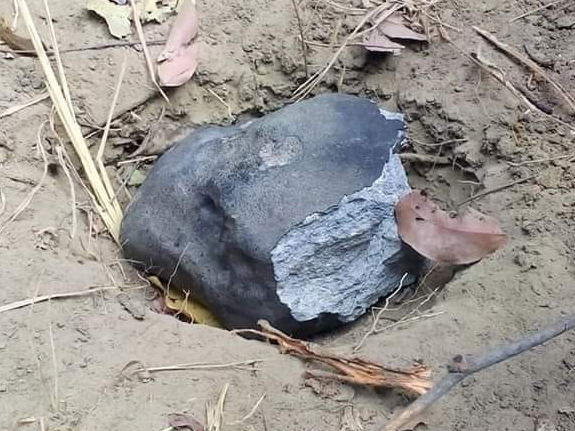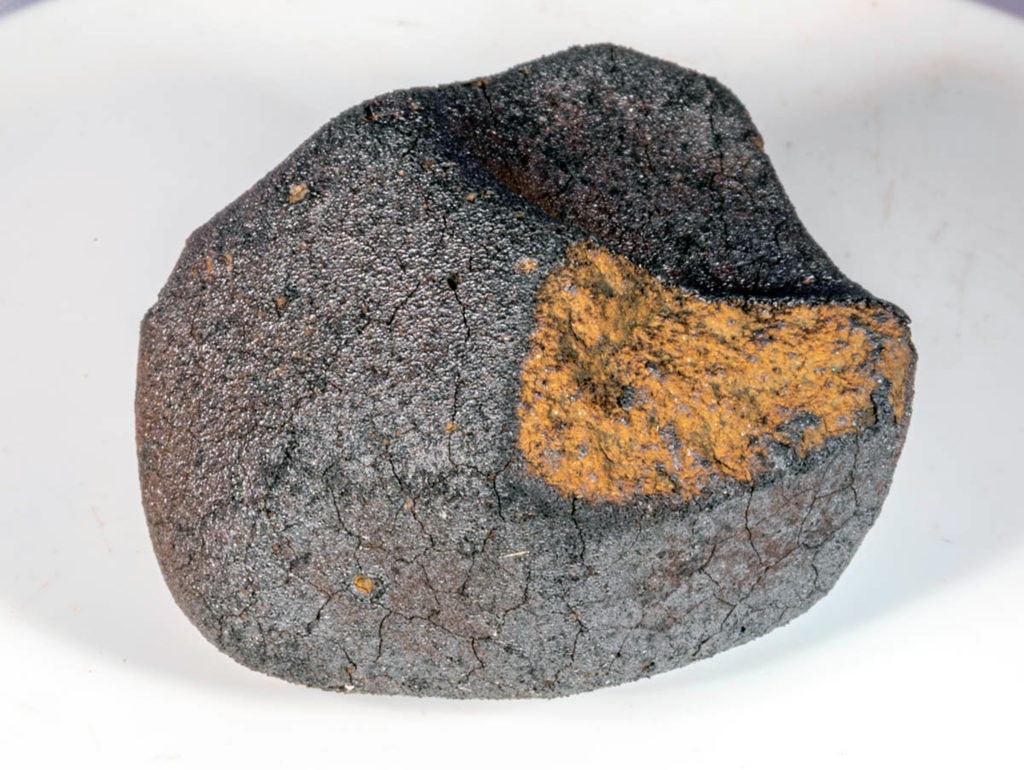BLADE: An Automated Framework for Classifying Light Curves from the Center for Near-Earth Object Studies (CNEOS) Fireball DatabaseOPEN ACCESS
Elizabeth A. Silber, Vedant Sawal
Preprint, accepted for publication in The Astronomical Journal (18 Jun 2025)
“Fireballs (bolides) are high-energy luminous phenomena produced when meteoroids and small asteroids enter Earth’s atmosphere at hypersonic speeds, often resulting in fragmentation or complete disintegration accompanied by significant energy release. The resulting bolide light curves capture temporal brightness variations as these objects traverse increasingly dense atmospheric layers, providing essential information on meteoroid entry dynamics, fragmentation behavior, and atmospheric energy deposition processes. The Center for Near-Earth Object Studies’ (CNEOS) continuously expanding fireball database offers a globally comprehensive archive of bolide events, including light curves and associated metadata. Events associated with infrasound detections allow direct correlations between acoustic signatures and light-curve features, therefore enabling detailed analyses of fragmentation dynamics and energy deposition. Here, we introduce BLADE (Bolide Light-curve Analysis and Discrimination Explorer), a robust and high-fidelity framework specifically designed to analyze bolide light curves for objects detected from space. BLADE incorporates a processing pipeline integrating Savitzky-Golay filtering, prominence-based peak detection, and gradient analysis, enabling systematic identification and classification of fragmentation events and their associated energy release characteristics. Preliminary results demonstrate that BLADE reliably distinguishes distinct bolide behaviors, providing an objective, scalable methodology for characterization and analysis of large bolide light curve datasets. This foundational work establishes a novel pathway for advanced bolide research, with promising applications in planetary defense and global atmospheric monitoring.”


